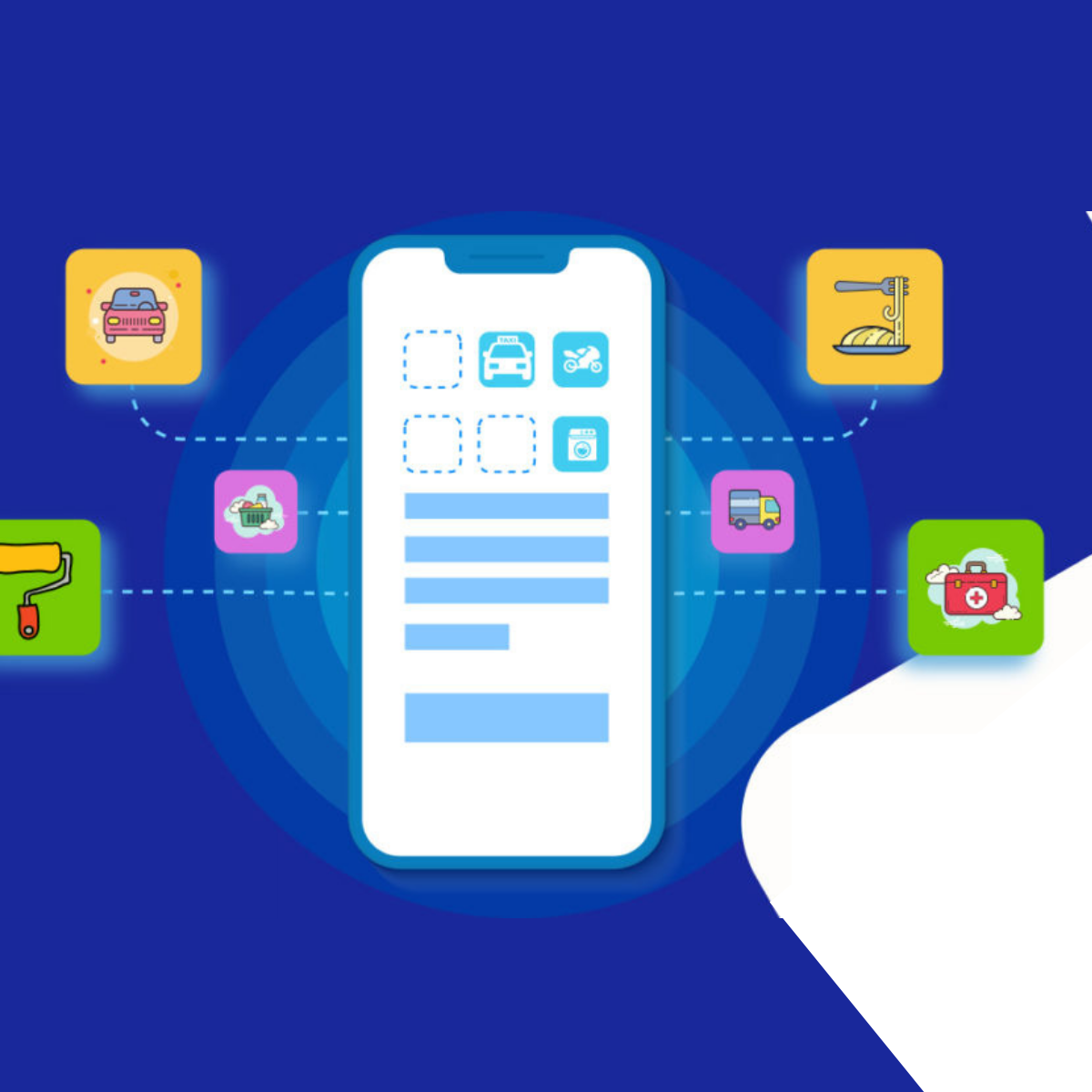The letter X has always been used as a placeholder for something unknown or for that place holder to be substituted with anything. This letter that has been traditionally associated with algebra has now made its inroads into the world of technology. The Credit for this transformation has to be given to Uber.
Uber, as we all know, is a transportation aggregation company that provides its users with transportation on demand through its mobile app. Although, on the surface, it might seem like small progress, what Uber has managed to crack is the way in which the demand connected with the supply. By creating a simple platform, they connected drivers who wanted to work with passengers who needed a ride. This has given birth to a new segment of business called aggregators.
This aggregation business has not spared any service industry. Since Uber was the harbinger of this phenomena, the apps that provided on-demand service were aptly called Uber for X. Since the millennial population has been leaning towards using services on demand and not caught in the apparent social recognition of ownership, it would be the perfect time for you to develop an Uber-like app.
What is the basic structure for an Uber for X?
There are a lot of different on-demand business models. For the sake of convenience and going by the market trends, it would be safe for us to take the aggregator model. The aggregator model, much like Uber, connects service providers with prospective customers.
Any app that functions in this model has to have at least three different applications. There might be instances where there is a need for four or more apps but in most cases, three should be adequate.
The user app
As the name implies, this is the app that end-customers will use. These apps should make it easy for users to sign up and register for the service by using simple login methods like email, mobile phone, or legacy credentials like Google and Facebook. They should also facilitate quick and fast payments and should be flexible to accommodate multiple payment methods, including but not limited to credit cards, debit cards, internet banking, wallets, and in the future, even cryptocurrency.
The service provider app
The service providers should also be able to sign up with ease. At the same time, there should also be a way to verify and validate these service providers as the reputation of the aggregator brand depends on the service providers. As users are most likely to make their payments by using digital methods, the service providers should be able to quickly transfer the earnings to their bank accounts.
To make both the users and the service providers accountable, and the ecosystem of democratic, there should be a review and rating system that allows users and service providers to mutually rate and review each other.
The administrator app
The administrator functions like the big brother of everything that happens in the app ecosystem. They are responsible for the content, the promotions, and the general upkeeping of the app. They should have a dashboard that gives them quick information on the earnings, the commission rates, and the other bits of commercial information. They should also have the power to suspend users and drivers if they exhibit any malicious behavior.
We were talking about how in most cases three apps are more than enough. However, in special circumstances, there might be more apps that are necessary.
For example, when it comes to food delivery on-demand ecosystem, there are multiple entities involved… Like the user, the restaurant, the administrator, and the third-party delivery executives. In such circumstances, you will need another app to accommodate the new entity, and the administrator should also have the command to manage the new entity.
The most lucrative segments
As we have seen, Uber has simplified the equation for the service business. A lot of leading companies all around the world have been following suit and it has even given rise to unicorns emerging from some of the most unexpected countries. For example, GoJek, and on-demand multiservice app from Indonesia has become the country’s first unicorn. It has been so successful and has been such an outstanding example that developing a GoJek clone app is right now a craze in the Southeast Asian countries.
Even in the mainstream markets, there are a lot of industries awaiting the on-demand disruption, and even if they already have big players, there is quite a lot of room in the market to accommodate new players who can not only survive but also be successful and profitable.
House cleaning services – given the fast-paced lifestyle, it is difficult for homeowners and even tenants to find time to get their house clean. They can book house cleaning services in advance for the weekend, and it also stands to help a lot of unskilled workers because house cleaning is not something that demands to learn.
Parcel delivery – logistics has always been a constructively ticking time bomb when it comes to on-demand services. Using apps like this, users can send little parcels to people living in probably another side of the city. This can come in extremely handy as a shipping solution for small businesses that face quite a lot of difficulty when it comes to logistics.
Massages and beauty services – it might be quite a hassle to book an appointment at a salon or spa and also get a masseur or expert of your choice. However, with the services on-demand, you cannot only get them at a time of your choice but you can also get the work done in the comfort of your home, meaning you can even book another service to be done at the same time-like an electrical or plumbing work which can again be called on-demand!
Babysitting – finding a trusted babysitter has always been an issue, and trust is an important factor in this regard. A babysitter on-demand app not only takes care to connect parents with babysitters but also takes care to perform due diligence on the babysitters to ensure that parents do not get anything short of the best!
Pet walking – the lack of time has given room for almost every avenue of human activity to be provided as an on-demand service, and interestingly, walking pace is one of them. This also gives a new employment/learning opportunity for people who are experts in handling pets.
Needless to say, cab services and food delivery should have already been taken for granted by now!
Conclusion
It is quite evident that the future of the services business is on-demand. What makes the future so promising is that the backbone remains the same for almost all applications, the market is still awaiting saturation and is not likely to happen anytime soon, and above everything, there are clone applications that you can use to launch your business immediately.
All you need to do is get in touch with his clone app development companies and they will take care to develop your multi-services Uber for X and deliver it to you in the shortest possible time!





